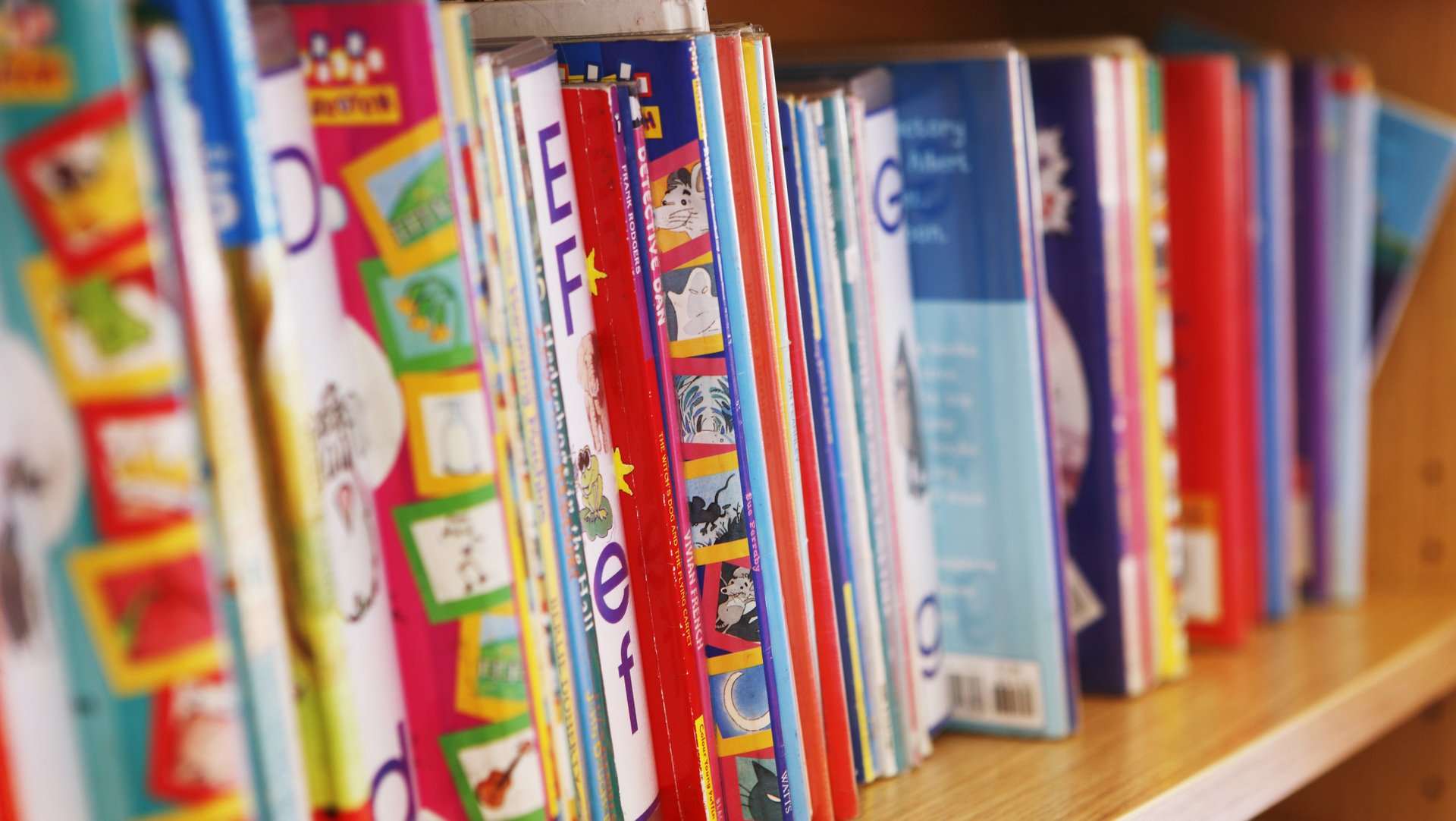
Reading to and with your children starting from infancy can have a profound effect on their development. Studies strongly suggest that early reading with children is directly linked to language and vocabulary acquisition, social-emotional development, preparation for academic success, improved focus and concentration, increased creativity and imagination, and the child’s bond with their caretakers.
Books and reading play a large role in the Montessori studio at Acton. The learners are encouraged to read and look at the rotating selection of books in our studio library throughout the school day. Some of the older learners also enjoy reading aloud to their younger peers. Additionally, the guides read aloud to the children as a group at least once daily.
As you continue to develop your daily routine with your children at home, we encourage you to set aside time to read to them (even if they are already independent readers). Here are a few tips from the Montessori guides to help keep your children engaged during reading time:
- Allow your child to choose the book (even if they make the same selection over and over again!). They will feel more involved and interested if they picked the story themselves. Be sure to have stories with diverse story-lines and characters available.
- If possible, remove any distractions (turn off the television and computer, silence cell phones, etc.) and choose a comfortable place to read where you are unlikely to be interrupted.
- Especially for younger children, offer books that rhyme. After reading a few pages, see if your child can predict the rhyming word. For example, if reading Green Eggs and Ham by Dr. Seuss, you might read, “Not in a house. Not in a box. Not with a mouse. Not with a….” and see if your child can come up with the word “fox.”
- If reading a picture book, take the time to explore the pictures with your children. Ask them questions about what they see on the page. See if they can connect what was read to the image (for example, if a character was introduced and is pictured, ask, “Who do you think this is?”).
- Use character voices and appropriate vocal inflections to match the emotions of the characters (for example, if the character is excited, use an excited voice).
- Ask questions and talk about the book as you go. Here are a few examples to get you started:
- What do you think will happen next?
- How do you think this character is feeling? Why?
- Where/when do you think this story takes place? How can you tell?
- Do you think that character made a good choice? What do you think he/she should have done instead?
- How do you think this character will solve their problem?
Lastly, here is a list of a few of the guides’ favorite books to read aloud to the Montessori learners:
Picture Books:
- The Mitten by Jan Brett
- The Snowy Day by Ezra Jack Keats
- The Giving Tree by Shel Silverstein
- Madeline by Ludwig Bemelmans
- The Tiny Seed by Eric Carle
- The Very Hungry Caterpillar by Eric Carle
- Strega Nona by Tomie de Paola
- All Are Welcome by Alexandra Penfold
Chapter Books:
- Toys Go Out series by Emily Jenkins
- Stuart Little by E.B. White
- Charlotte’s Web by E.B. White
- My Father’s Dragon series by Ruth Stiles Gannett
- Mr. Popper’s Penguins by Richard and Florence Atwater